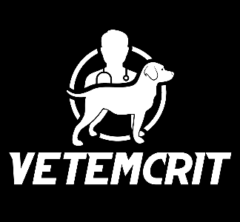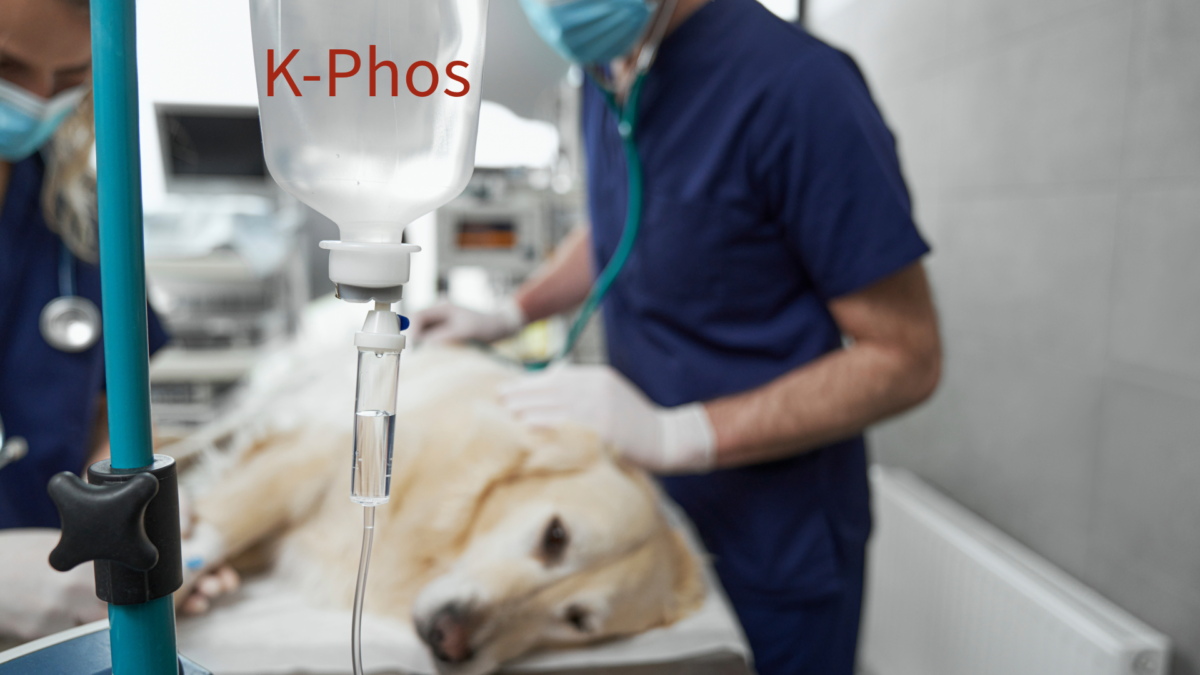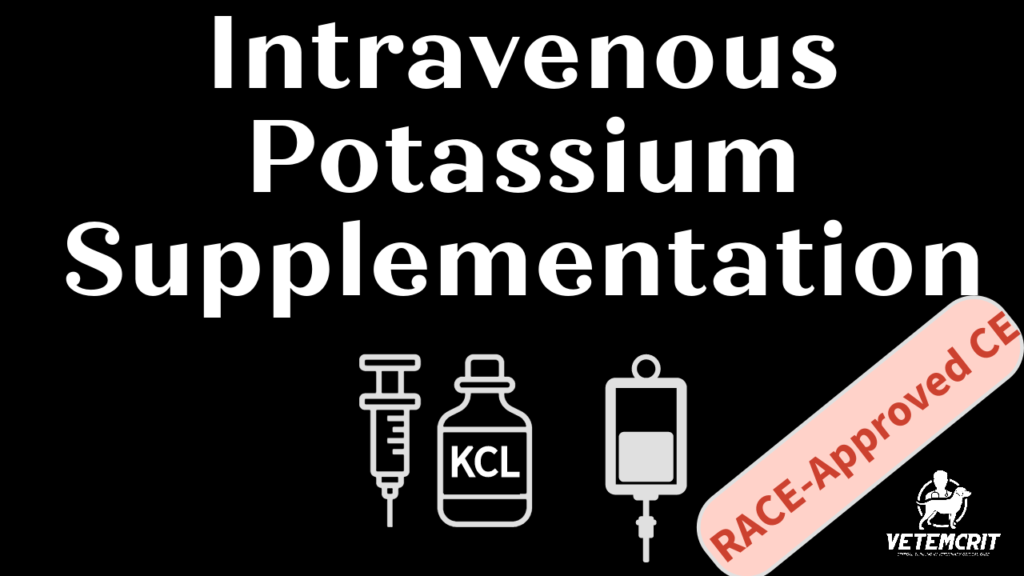In animals and humans, phosphorus plays a crucial role in the synthesis of several compounds that are vital for maintaining cellular membrane integrity, energy stores, metabolic processes, and biochemical messenger systems. These compounds include ATP, guanosine triphosphate, cyclic adenosine monophosphate, and phosphocreatine (Yanagawa et al. 1994; DiBartola et al. 2012). Phosphate is a molecular anion that contains phosphorus. Approximately 80-85% of phosphate resides in the bone and teeth as inorganic hydroxyapatite, 14-15% in soft tissues, and less than 1% in the extracellular space (Yanagawa et al. 1994; DiBartola et al. 2012). The body and plasma contain both organic and inorganic phosphates, though blood chemistry analyzers measure only inorganic phosphates.
Bones serve as the body’s phosphate reservoir, offering a readily available source during periods of hypophosphatemia under the regulation of parathyroid hormone (PTH) and calcitonin. Serum concentrations of phosphate, as measured by blood chemistry analyzers, may not accurately reflect whole-body phosphate balance, given that phosphate is the predominant intracellular anion. Similar to potassium, rapid shifts of phosphate between extracellular and intracellular spaces can occur.
Hypophosphatemia can result from:
- Decreased intestinal absorption
- Transcellular shifts (the most common cause): alkalemia, hyperventilation, refeeding syndrome (watch VETEMCRIT video here), parenteral nutrition, insulin administration, glucose administration, catecholamine release or administration, and salicylate toxicity.
- Increased urinary excretion
- Multifactorial etiologies
Degree of hypophosphatemia
- Mild hypophosphatemia (2-2.7 mg/dl OR 0.65-0.9 mmol/L)
- Moderate hypophosphatemia (1-2 mg/dl OR 0.33-0.65 mmol/L)
- Severe hypophosphatemia (<1 mg/dl OR <0.33 mmol/L)
Mild to moderate hypophosphatemia (1-2.7 mg/dl) may not always be clinically significant and is typically asymptomatic.
Severe hypophosphatemia (<1 mg/dl) is generally clinically significant and linked to total body phosphate depletion. This degree of hypophosphatemia and total body phosphate depletion can lead to widespread cellular dysfunction, resulting in consequences such as:
- Hemolysis
- Reversible myocardial dysfunction and cardiac dysrhythmias
- Skeletal muscle changes including rhabdomyolysis
- Neurologic signs such as ataxia, seizures, and coma
- Gastrointestinal signs such as anorexia, nausea, functional ileus, vomiting, and diarrhea
Decision to treat hypophosphatemia
The decision to treat hypophosphatemia depends on factors like the severity of the deficit, suspicion of total body phosphate depletion, anticipated duration of illness, clinical signs, and comorbidities associated with decreased intake or increased loss of phosphate. Parenteral replacement is recommended for patients with severe hypophosphatemia (<1-1.5 mg/dl) at high risk of deleterious sequelae due to phosphate depletion.
Intravenous phosphate administration
The most common intravenous formulation that contains phosphorus is potassium phosphate (K-Phos) available in the USA and some other countries.
In the USA, K-Phos contains the following concentrations of potassium and phosphorus:
- Potassium = 4.4 mEq/ml
- Phosphate = 3 mM/ml (mM/ml = mmol/ml).
If you practice outside of the USA, make sure you know what specific formulation you have available before calculating the administration rate.
It is important to remember that phosphate-containing solutions are INCOMPATIBLE with solutions that contain any calcium salts such as LRS, calcium gluconate, etc.
Potassium phosphate injection is reportedly physically compatible with the following IV solutions: dextrose (any concentration), 0.45% to 0.9% sodium chloride, and sterile water.
As you might know, the VETEMCRIT Excel-based calculator (watch video here) has a tab – “Phosphorus” – that will greatly improve your efficiency when developing a plan for phosphate supplementation.
Figure 1. Phosphorus supplementation tab of the VETEMCRIT calculator.
Hypophosphatemia is recommended to be corrected using the following rate: 0.01 to 0.12 mmol/kg/hour. The rate of phosphate supplementation will depend on the degree of hypophosphatemia.
In general, I recommend the following guidelines:
- Mild hypophosphatemia (2-2.7 mg/dl OR 0.65-0.9 mmol/L): 0.01-0.02 mmol/kg/hour of phosphate (recheck q24h)
- Moderate hypophosphatemia (1-2 mg/dl OR 0.33-0.65 mmol/L): 0.03-0.06 mmol/kg/hour (recheck q12-24h)
- Severe hypophosphatemia (<1 mg/dl OR <0.33 mmol/L): 0.06-0.12 mmol/kg/hr (recheck q6-12h)
The step-by-step approach to intravenous phosphate supplementation
Step 1: Choose your phosphate supplementation rate (depending on your preferences and the mentioned-above recommendation; also see Table 1 of Phosphorus tab in the Excel-based calculator).
Step 2: Calculate a total amount of phosphate a patient will need to be supplemented with per hour.
Step 3: Come up with the total fluid rate based on your patient’s needs.
Step 4: Calculate how many hours your bag of fluids will last with the current fluid rate.
Step 5: Calculate how much K-Phos solution you should add to a liter bag.
Step 6: Calculate how much potassium this patient will be receiving with this K-Phos supplementation rate. When using this protocol, it is important to account for all sources of potassium being administered to the patient in the overall fluid therapy plan to minimize the risk for hyperkalemia.
Case example:
A 10-kg spayed female Dachshund with diabetic ketoacidosis (DKA) has serum potassium of 3 mmol/l (reference interval, 3.5-5 mmol/L), serum phosphate of 1 mg/dl (reference Interval, 2.9-6.2 mg/dL OR 0.94-2 mmol/L). She is currently euhydrated and is receiving a fluid rate of 40 ml/hr to account for her maintenance and ongoing losses due to polyuria.
Step 1: Choose your phosphate supplementation rate: you decided to supplement 0.1 mmol/kg/hr of phosphate according to the above guidelines.
Step 2: Calculate a total amount of K-Phos the dog will need to be supplemented with per hour: 10 kg x 0.1 mmol/kg/hr = 1 mmol/hr or 0.33 ml (1 mmol divided by 3 mmol/ml of K-Phos solution = 0.33 ml) per hour.
Step 3: Come up with the total fluid rate based on your patient’s needs: This has already been determined to be 40 ml/hr (will account for maintenance and ongoing losses).
Step 4: Calculate how many hours your 1 L bag of fluids will last with the current fluid rate: 1000 ml : 40 ml/hr = 25 hours
Step 5: Calculate how much K-Phos you should add to a liter bag: 25 hours x 0.33 ml (or 1 mmol) = 8.25 ml (25 mmol) of K-Phos to be added to a one liter of IV fluids to supplement 0.33 ml (1 mmol) of K-Phos per dog per hour.
Step 6: Calculate how much potassium this patient will be receiving with this K-Phos supplementation rate: 0.33 ml/hr of K-Phos x 4.4 mEq/ml of K+ in K-Phos solution = 1.45 mEq/hr = 0.145 mEq/kg/hr of K+ supplementation. Since this dog has a hypokalemia of 3 mmol/l, this amount of K+ may be enough (see Table 1 in the Potassium tab of the VETEMCRIT calculator).
If hypokalemia is more severe (e.g. <3 mmol/L), you may add more KCL to the same bag that already contains K-Phos.

References
Yanagawa N, Nakhoul F, Kurokawa K, et al. “Physiology of phosphorus metabolism.” In Narins RG (editor): Maxwell & Kleeman’s Clinical Disorders of Fluid and Electrolyte Metabolism, 5th edition. New York: McGraw-Hill; 1994.
DiBartola SP, Willard MD. “Disorders of phosphorus: hypophosphatemia and hyperphosphatemia.” In DiBartola SP (editor): Fluid, Electrolyte, and Acid-Base Disorders in Small Animal Practice, 4th edition. St. Louis: Elsevier Saunders; 2012.
Small Animal Critical Care Medicine, 3rd Edition ; Authors : Deborah Silverstein & Kate Hopper ; Date of Publication: 12/2022



Your blog is a pleasure to read.
obviously like your web-site but you need to test the spelling on quite a few of your posts. Several of them are rife with spelling problems and I to find it very troublesome to inform the reality on the other hand I’ll certainly come back again.
Fantastic read! I was especially impressed by the depth provided on the topic, offering a perspective I hadn’t considered. Your insight adds significant value to the conversation. For future articles, it would be fascinating to explore more to dive deeper into this subject. Could you also clarify more about the topic? It caught my interest, and I’d love to understand more about it. Keep up the excellent work!
Artuklu eskort ,
พิ่ม Impression (การมองเห็น) จาก User มากขึ้น บางคนอาจคิดว่าแค่มีโปรโฟล์ มีเพจใน Facebook แล้วลูกค้าจะเข้ามาสนใจสินค้าเองก็มีโอกาสเป็นไปได้อยู่บ้าง ปั้มไลค์เฟสแต่คงจะดีกว่าหากคุณมีใช้บริการ ปั้มไลค์เฟส นอกจากจะช่วย ปั้มไลค์ ให้คุณมียอดไลค์ล้นหลามแล้ว ยังเพิ่มการมองเห็นทำให้ลูกค้าเกิดความสนใจเข้ามาซื้อสินค้ามากกว่าเดิม ทำให้มี Reliable (มีความน่าเชื่อถือ) ในการนำเสนอสินค้า หากคุณเพิ่งมีหน้าร้านออนไลน์อย่าง
안전놀이터 메이저사이트 추천
“Well done!”
In addition, I found your article to be very well-researched and substantiated. The data and case studies you provided lend credibility to your arguments and demonstrate the potential for success when targeting the right niche. Thank you for putting so much thought and effort into creating this comprehensive resource.
I was recommended this website by my cousin. I am not sure whether this post is written by him as nobody else know such detailed about my difficulty. You are wonderful! Thanks!
This article was incredibly insightful! I was captivated by the thoroughness of the information and the clear, engaging way it was delivered. The depth of research and expertise evident in this post is remarkable, significantly elevating the content’s quality. The insights in the opening and concluding sections were particularly compelling, sparking some ideas and questions I hope you will explore in future articles. If there are any additional resources for further exploration on this topic, I would love to delve into them. Thank you for sharing your expertise and enriching our understanding of this subject. I felt compelled to comment immediately after reading due to the exceptional quality of this piece. Keep up the fantastic work—I’ll definitely be returning for more updates. Your dedication to crafting such an excellent article is highly appreciated!
What a remarkable article! The way you’ve tackled the topic with such precision and depth is commendable. Readers are sure to gain a great deal from the wealth of knowledge and practical insights you’ve shared. Your profound understanding of the subject shines through every part of the piece. I’m eager to see more of your exceptional work. Thank you for offering your expertise and providing us with such enlightening and comprehensive content.
Outstanding effort! Custom Song That Tells Your Story
Awesome! Its genuinely remarkable post, I have got much clear idea regarding from this post